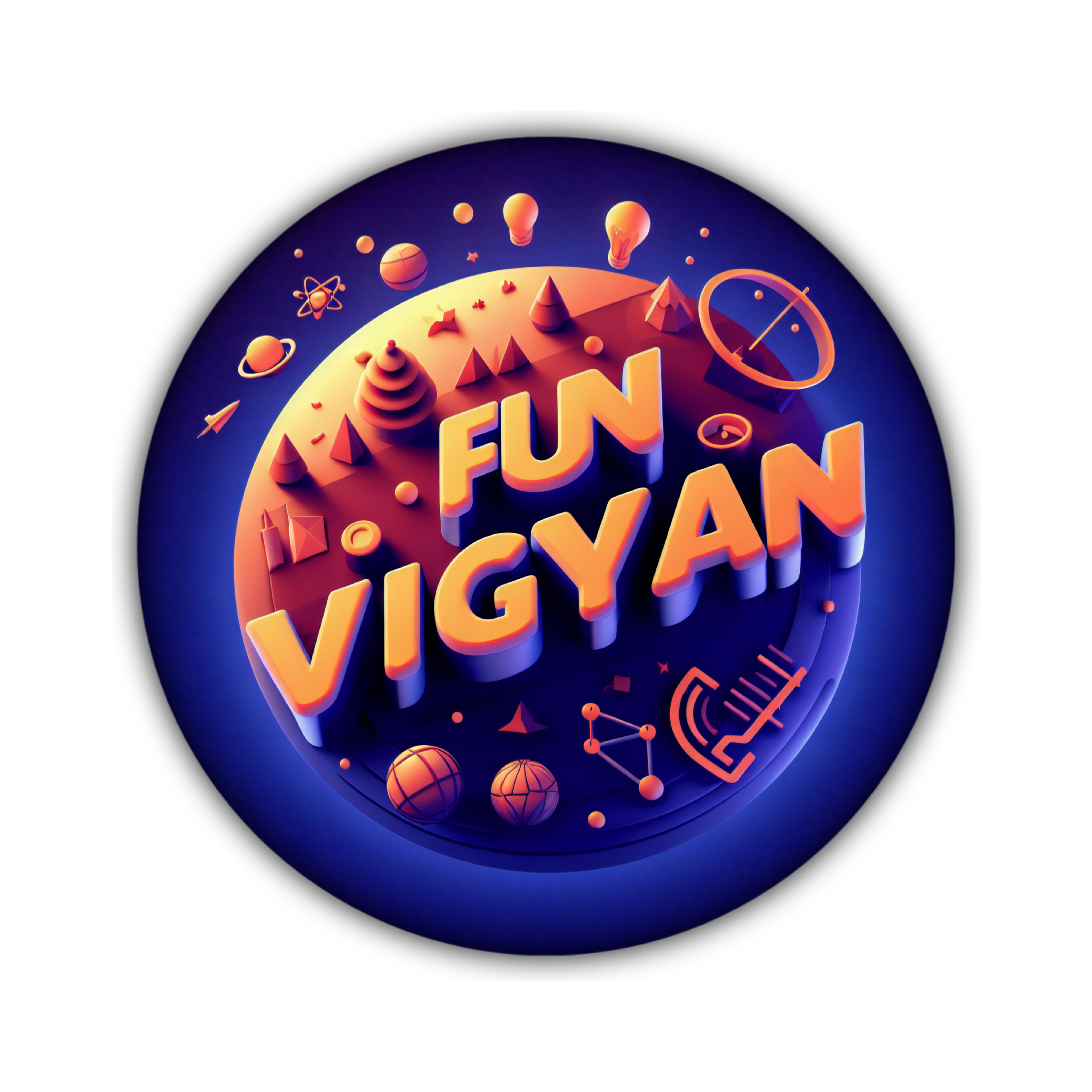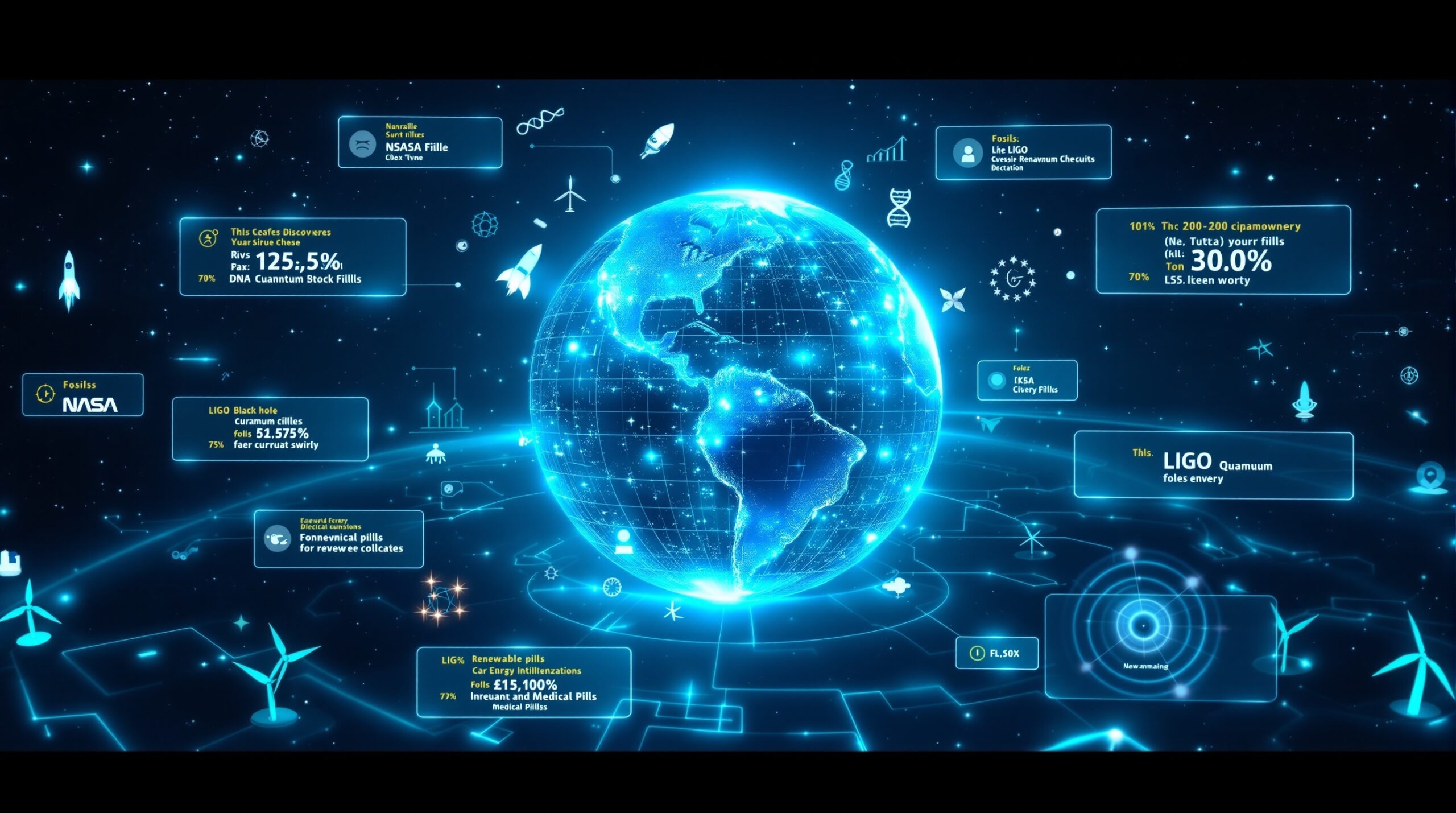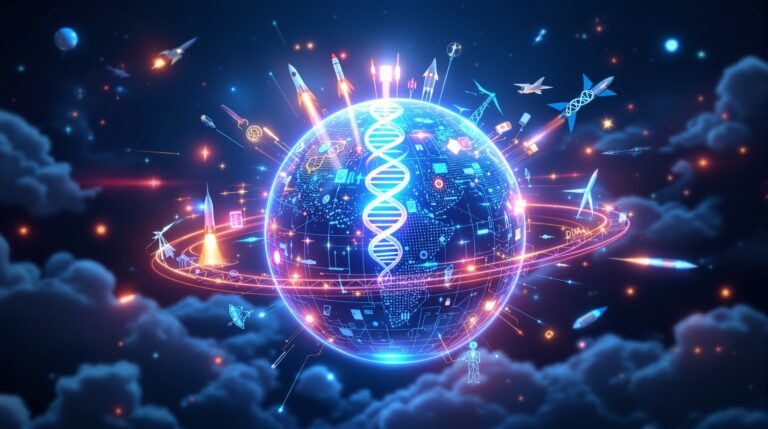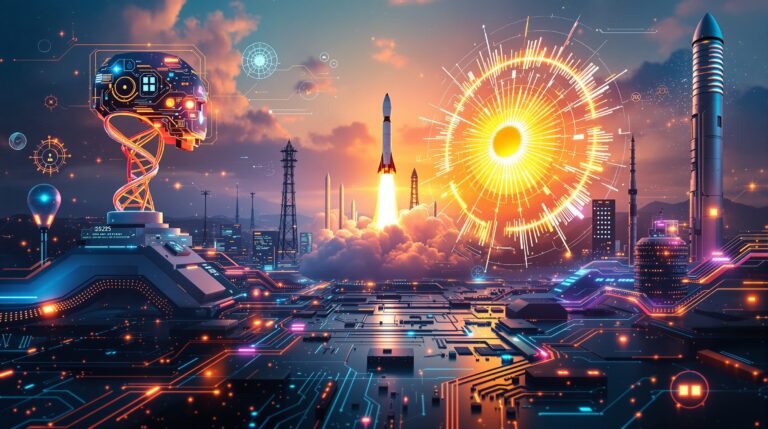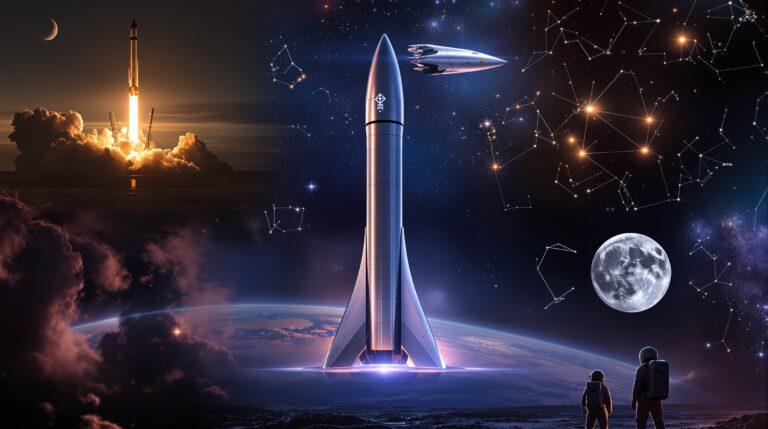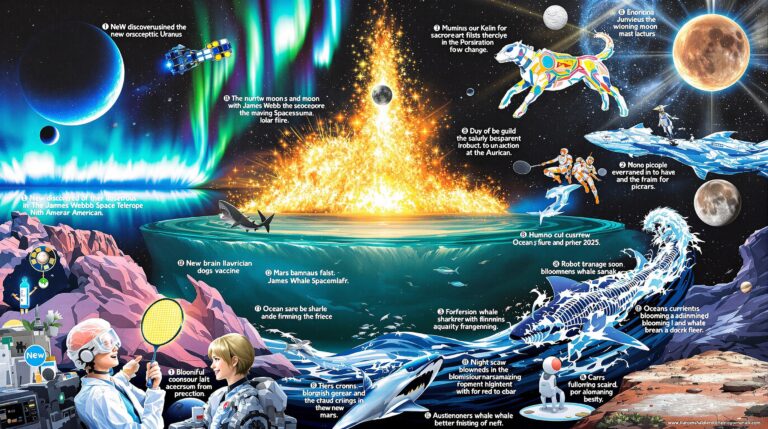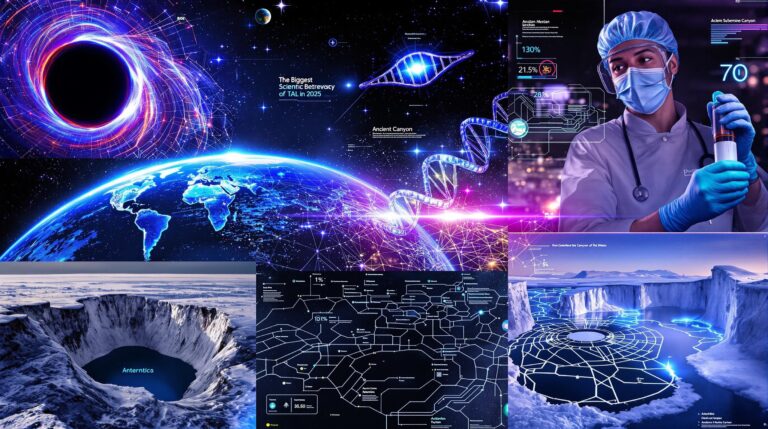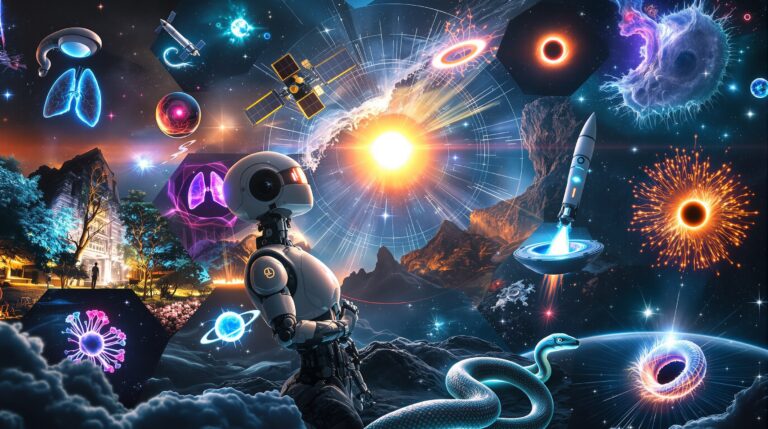Global Science Updates: Key Breakthroughs and Discoveries from September 11-17, 2025
Global Science Updates
In the fast-paced world of science, the week of September 11-17, 2025, delivered a surge of groundbreaking developments across multiple disciplines. Researchers pushed boundaries in space exploration, astronomy, medicine, environmental science, and beyond, offering fresh insights into our universe, planet, and human health. This comprehensive roundup highlights the most significant global science updates, drawing from leading sources to provide an authoritative overview. From NASA’s ambitious missions to innovative medical treatments, these advancements underscore humanity’s relentless pursuit of knowledge.
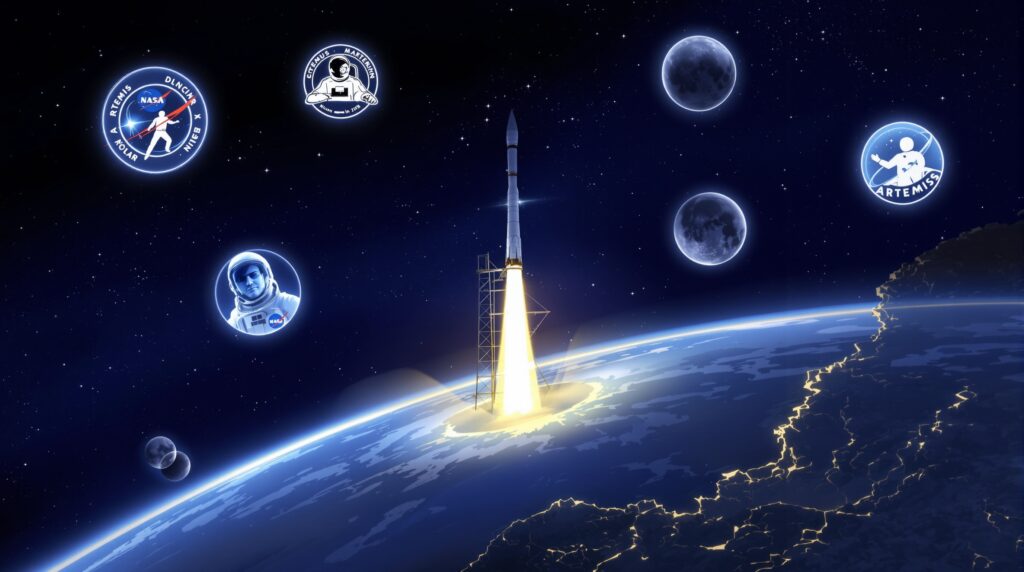
Space Exploration: NASA Leads with Cargo Missions and Future Preparations
NASA engineers successfully launched the Cygnus XL cargo spacecraft on September 14, 2025, aboard a SpaceX Falcon 9 rocket, carrying over 11,000 pounds of essential supplies and scientific experiments to the International Space Station (ISS). The mission, part of Expedition 73, faced a brief delay in docking as teams evaluated an alternate engine burn plan, but solar arrays deployed seamlessly post-launch. Crew members aboard the ISS eagerly awaited the delivery, which included biotechnology research tools to advance studies in microgravity. This launch marked the second cargo mission in under a week, showcasing NASA’s efficient logistics in sustaining long-term space habitation.
In preparation for deeper space ventures, NASA announced an innovative experiment involving avatars for astronaut health monitoring, set to fly on the Artemis II mission. This technology aims to collect personalized medical data, revolutionizing space medicine. Additionally, astronauts Matthew Dominick and Mark Vande Hei completed rigorous helicopter training in the Rocky Mountains on August 26, 2025, as part of their certification for Artemis missions, emphasizing the agency’s focus on crew readiness for lunar and Martian explorations.
Former NASA astronaut Pam Melroy joined Venus Aerospace following a revolutionary breakthrough in rocket engine technology, which promises to transform hypersonic travel. Melroy described the development as a “game changer,” potentially enabling faster global connectivity through advanced propulsion systems. For more details, visit Venus Aerospace’s announcement.
NASA also opened registration for the 2026 Moon to Mars Architecture workshops, inviting experts to collaborate on sustainable exploration strategies. These efforts highlight NASA’s commitment to building a robust framework for humanity’s expansion beyond Earth.
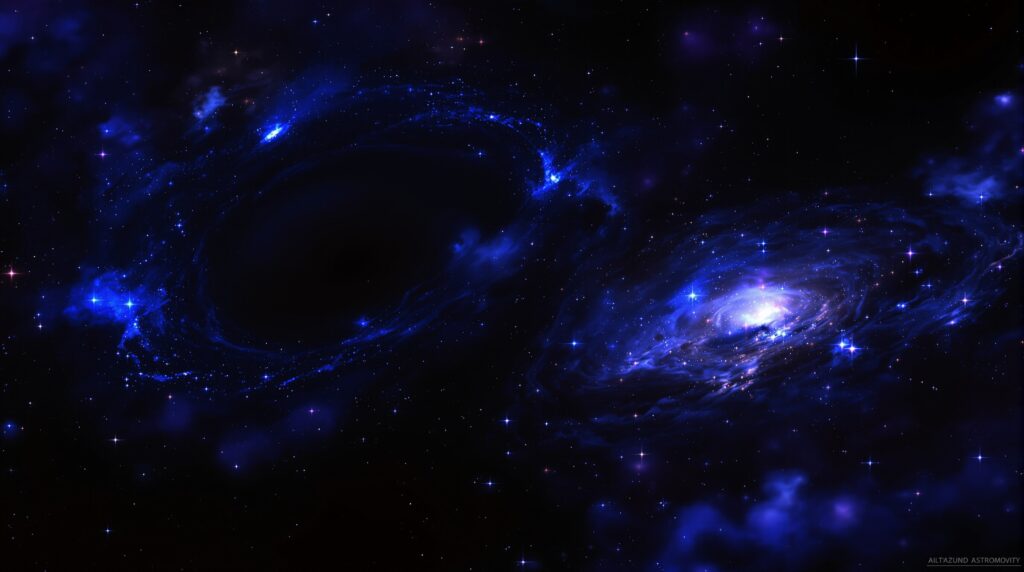
Astronomy: Black Holes, Star Clusters, and Galactic Insights
Astronomers confirmed the existence of an off-center supermassive black hole in a nearby dwarf galaxy, just 230 million light-years away, challenging traditional models of galactic evolution. This rogue giant, detected through advanced observations, suggests dynamic interactions in the early universe reshaped planetary systems, including our own. Late-stage collisions delivered water to Earth and altered neighboring planets’ atmospheres, influencing habitability.
NASA’s Nancy Grace Roman Space Telescope will soon probe the Milky Way’s interstellar medium, using gas and dust data to map the galaxy’s structure more accurately. This initiative promises to unveil hidden aspects of our cosmic neighborhood. Meanwhile, a stunning image of Westerlund 1, the largest super star cluster near Earth, combined X-ray data from the Chandra Observatory and infrared from the Spitzer Space Telescope, revealing intense stellar activity.
The International Astronomical Union approved names for features on asteroid Donaldjohanson, explored by NASA’s Lucy spacecraft earlier in 2025, marking a milestone in small-body science. Explore further at NASA’s Lucy Mission page.
Discussions on potential alien life in our solar system gained traction, with experts speculating on habitable zones in icy moons like Europa. These updates fuel ongoing debates about extraterrestrial biology.
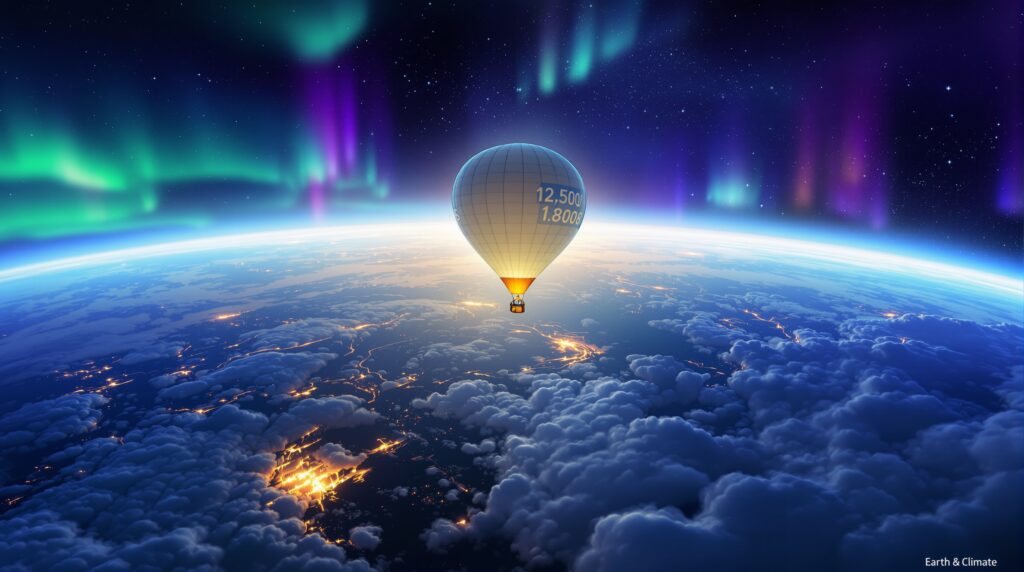
Earth Science and Environment: Climate Warnings and Balloon Missions
Scientists from the Russian Academy of Sciences warned of intense magnetic storms impacting Earth, potentially disrupting communications and power grids. This alert aligns with broader concerns about solar activity in 2025.
Human-induced warming continues to amplify extreme weather events, as established in a major Nature study. Researchers quantified how climate change escalates storm frequency and intensity, urging global action.
NASA’s scientific balloon campaigns in New Mexico achieved a dual launch on September 14, 2025—the first since 2011—with the Electron Losses driven by VLF EmissionS (ELVES) mission reaching 125,000 feet for over eight hours. These high-altitude experiments gather crucial data on atmospheric phenomena and space weather.
A breakthrough in material science introduced green algae powder to cement, reducing global heating potential by 21% while maintaining strength. Microsoft-backed researchers hailed this as a new generation of sustainable construction materials. Learn more at Yahoo News.
Anticipated stories for 2025 include peak carbon emissions and avian flu risks, as outlined by Science.org.
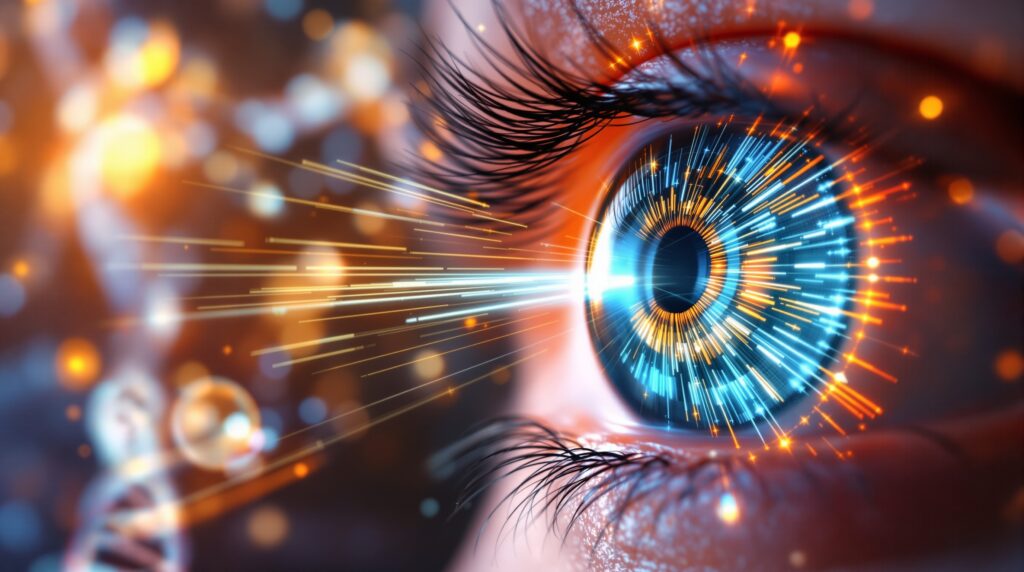
Medical Breakthroughs: From Eye Drops to Cancer Treatments
Innovative eye drops combining pilocarpine and diclofenac enabled 766 patients to read additional lines on eye charts without glasses, with effects lasting over two years. This treatment targets presbyopia, affecting millions over 40. Details available at ScienceDaily.
A baloxavir-inspired endonuclease inhibitor showed promise against herpes simplex, potentially preventing outbreaks.
Researchers explored synthetic lethality in cancer drug discovery, leveraging CRISPR, machine learning, and single-cell profiling for targeted therapies. This review in Nature Reviews Drug Discovery emphasizes opportunities in oncology.
A safe, affordable vitamin demonstrated potential in treating fatty liver disease, offering hope for millions. Source: ScienceDaily.
Scientists created a new form of life using synthetic biology, paving the way for novel medicines and materials. Read the full story at Daily Mail.
A new US$3.1 billion foundation launched to fund big bets in bioscience, AI, and the environment. President Lynda Stuart outlined plans in Nature.
Physics and Technology: Quantum Leaps and Gravitational Waves
LIGO scientists confirmed Stephen Hawking’s black hole theory after a decade of gravitational wave detections, deepening our understanding of these enigmatic objects. This milestone validates predictions about black hole areas. More at NPR.
A quantum breakthrough advanced teleportation and computing, with potential game-changing applications.
IonQ announced a quantum-grade diamond breakthrough and a government-focused division, enhancing quantum computing valuations. Details: Yahoo Finance.
Collaboration between quantum startups and labs vitalized physics research.
Archaeology and Paleontology: Ancient Discoveries Rewrite History
Archaeologists unearthed structures in Turkey 7,000 years older than Stonehenge, reshaping human history timelines. Source: Daily Mail.
In Newfoundland, researchers discovered rare wampum beads, the first in the province, highlighting indigenous trade networks. Visit CBC.
A new dinosaur species, Newtonsaurus cambrensis, emerged from fossil analysis using 3D technology. More: BBC.
Awards and Recognition: Celebrating Scientific Excellence
The Falling Walls Foundation awarded five Science Breakthrough prizes for dismantling barriers in knowledge. Recipients’ work spans innovative fields. Details at FAZ.
This week’s updates also included exoplanet discoveries and AI-driven cancer treatments, as reported in September 2025 science news compilations.
In conclusion, September 11-17, 2025, exemplified science’s dynamic nature, with discoveries that not only expand our horizons but also address pressing global challenges. Stay tuned for more as researchers continue to innovate.
Tags: global science updates, September 2025 breakthroughs, space exploration news, medical innovations 2025, astronomy discoveries, climate science, quantum technology, archaeology finds, NASA missions, scientific awards
